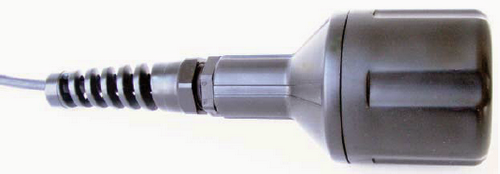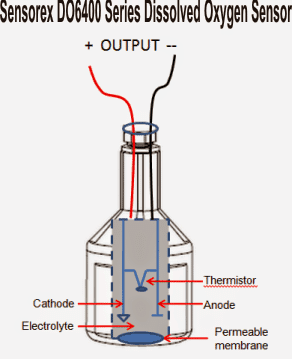The submit talks about a sensor device designed for calculating the level or amount of dissolved oxygen in water and other fluids.

Nowadays companies manufacture a wide variety of sensors for assessing oxygen in water referred to as Dissolved Oxygen sensors, which you may utilize in water, chemical processor jobs, laboratory, and ecological.
Dissolved oxygen (DO) is the illustration or the evaluation of the oxygen dissolved in a unit volume of water, usually in units of mg/L or ppm.
The desired sensing unit may consist of 2 electrodes, an anode and cathode, in electrolyte and from the water in question by an oxygen permeable membrane, as noticed in Figure 2.
Oxygen diffuses across the membrane and interacts with the cathode to a potential difference proportional to the oxygen diffused into the sensor.
DO sensors accordingly essentially establishes the lacking stress of the oxygen in water; allows extra oxygen to across the membrane and more voltage to be created. The current is then transformed into a millivolt output, that might be evaluated with a WSN wireless node.
The type of dissolved oxygen sensor demonstrated above are usually perfect because the output may be immediately found and interfaced with any preferred measuring instrument for example a millivoltmeter, LED bar graph meter, transistorized amplifier, opamp based amplifier etc for translating the gathered data into the the essential levels in order that it may be analyzed properly for the outcomes.
The internal view of the above instance sensor might be observed in the following image:

The demonstrated outputs presents an instant readable data by using millivolts that may be useful for for activating an external electronic circuit stage.


Leave a Reply